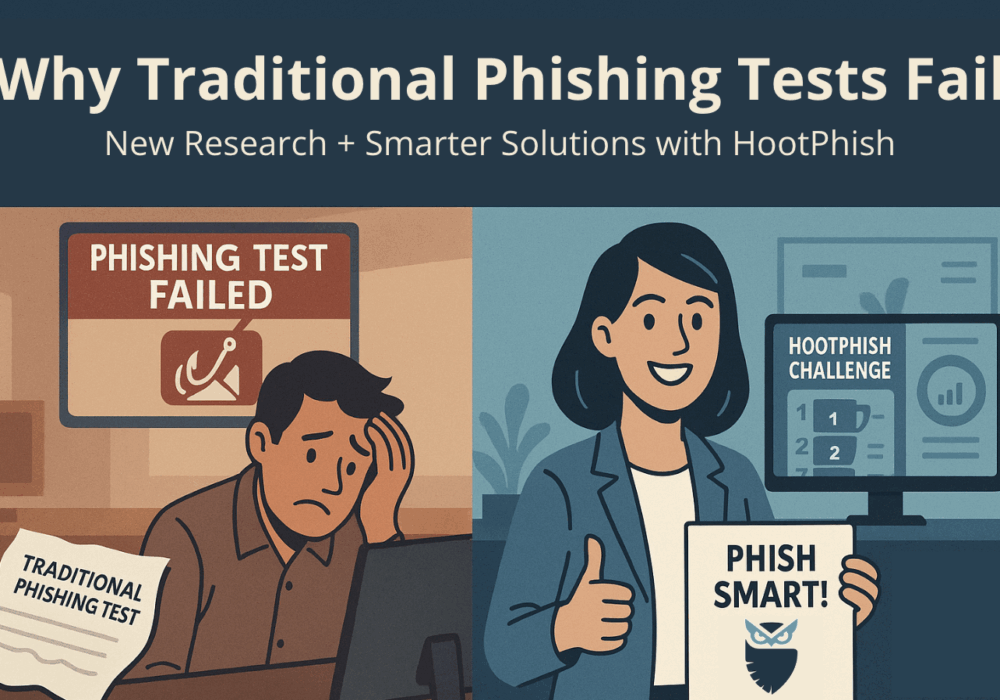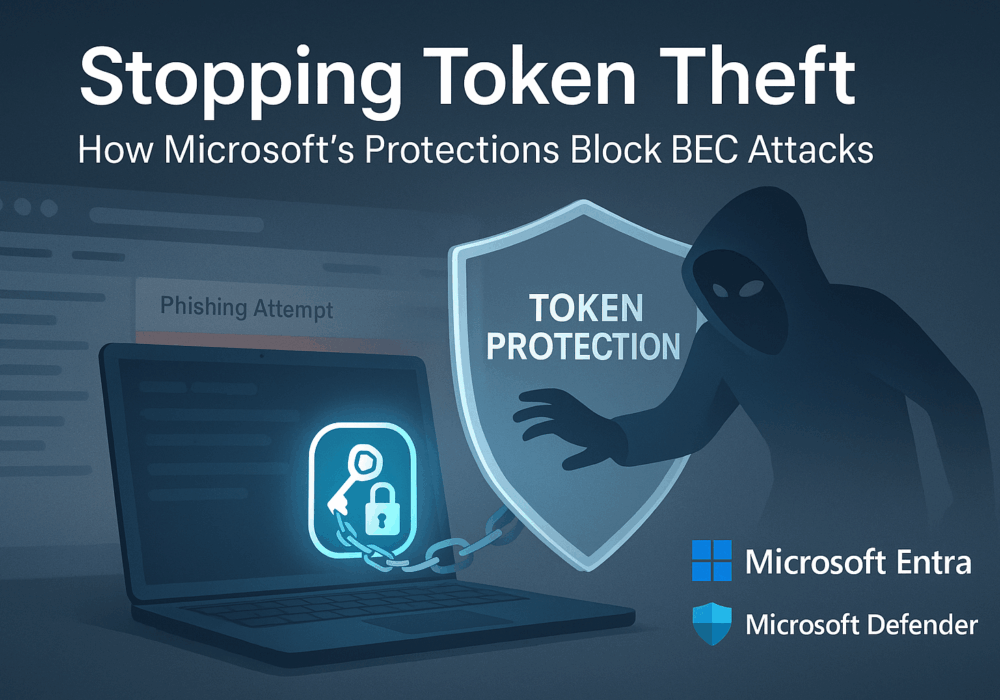Cybercriminals are always looking for new ways to infiltrate your devices. Recently, they’ve been using the attack vector of Copyright Infringement as bait in Phishing Emails. Pretending to be from Instagram, they try and scare users into believing they have a copyright complaint against them and give the users an easy way to appeal the complaint.
The hackers use a rather different approach in this attack by convincing you that another user’s complaint is potentially inaccurate and giving you an easy ‘out’ of the situation by appealing the copyright complaint. NakedSecurity posted screenshots of the attack, shown below:
The ‘Appeal’ button in this instance uses a shortened link (bit.ly), but whether you check the destination of the link in advance or click through anyway, the resulting website doesn’t look as ‘phishy’ as you might expect. To check a bit.ly link before visiting it, paste the link into your browser’s address bar and add a plus sign (+) at the end, which tells bit.ly to show you the original link without redirecting you to it.
In this scam, the hackers registered a domain name ‘fb-notify.com’, and the link you’re given takes you to a personalized scam page that explicitly references your Instagram account in question:
If you click ‘Go to Appeal Form’, it brings you to a convincing (but fake) Instagram login page, asking you to enter your credentials to confirm your appeal. Once entered and submitted, the attack sneakily sends you to Facebook/Instagram’s real copyright information page to further convince you that the complaint is legitimate.
The hackers in this attack do a good job of making sure you are comfortable appealing the copyright complaint, with a convincing link and an actual image from your Instagram account. It’s vital that you do your due diligence when receiving messages like these to make sure it’s legitimate.
instagram.com or facebook.com, which is what you would expect. We hope you wouldn’t click through in the first place (see point 1), but if you do visit the site by mistake, don’t be in a hurry to go further. A few seconds to stop and double-check the site details would be time well spent.Additionally, these recommendations below will help you and your business stay secure with the various threats you may face on a day-to-day basis. All of the suggestions listed below can be gained by hiring CyberHoot’s vCISO Program development services.
All of these recommendations are built into CyberHoot the product or CyberHoot’s vCISO Services. With CyberHoot you can govern, train, assess, and test your employees. Visit CyberHoot.com and sign up for our services today. At the very least continue to learn by enrolling in our monthly Cybersecurity newsletters to stay on top of current cybersecurity updates.
https://youtu.be/I694xMkO56khttps://youtu.be/7uljc8tSsJY
Source: NakedSecurity – Sophos
Additional Readings:
Pirated Movies Containing Malware
Instagram Scams – How To Avoid Them
Discover and share the latest cybersecurity trends, tips and best practices – alongside new threats to watch out for.

For years, organizations have relied on fake email phishing simulations to measure employee resilience to...
Read more
Welcome to our two-part blog series on Microsoft’s new email security enhancement now included in Office 365 P1...
Read more
"Being an MSP today is like wearing a neon sign that says, ‘Hack me! I’m the gateway to 100...
Read moreGet sharper eyes on human risks, with the positive approach that beats traditional phish testing.
